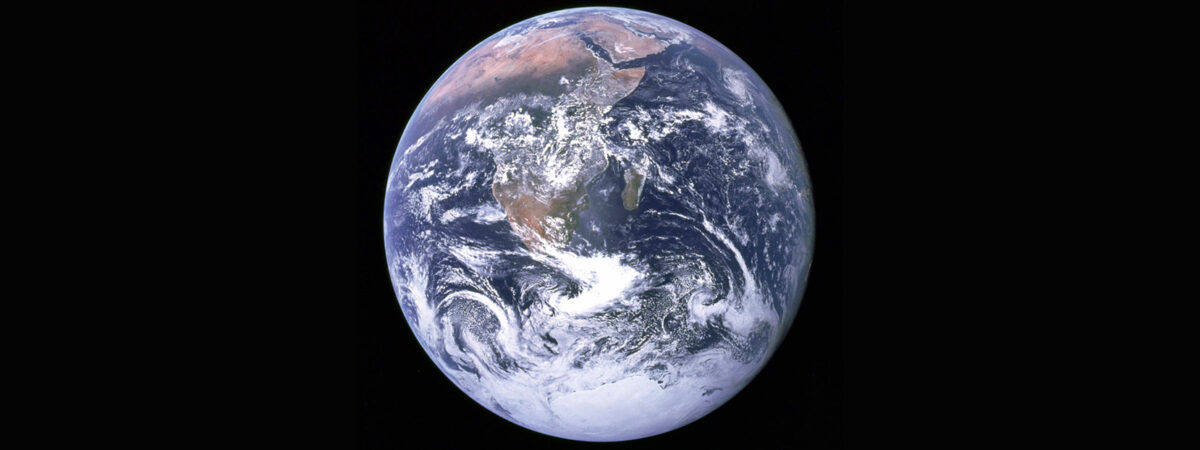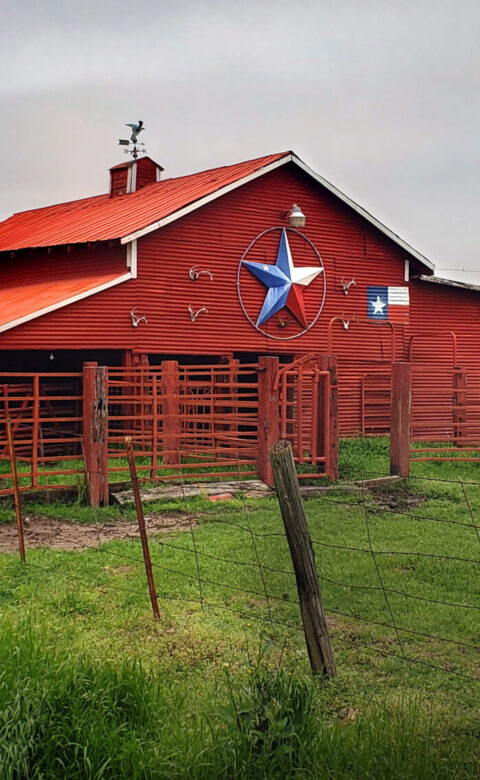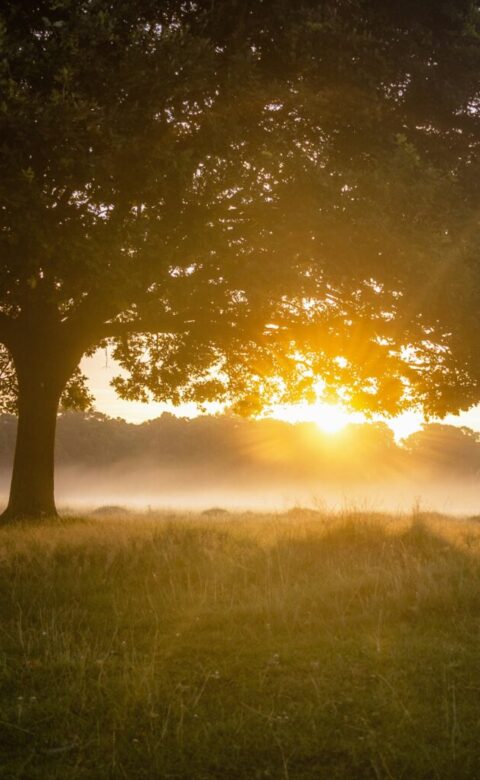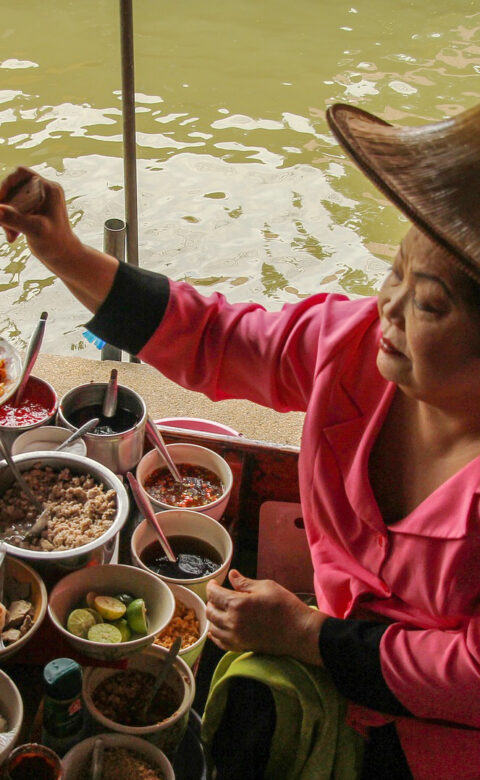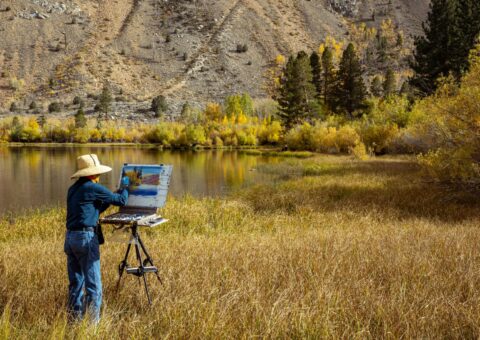Speaking as an educator, a specialist in adventure travel and also an expert in ecological transition, Jean-Claude Razel discusses a transition trip towards a desirable future, navigating the challenges we are facing now. He puts a particular emphasis on the issues that will change the way we travel and our behaviour as adventure travellers.
Having worked all my career in adventure travel and tourism, I want to share some views about what I call this transition, especially for the adventure traveller. Before I start, I wanted to invite a stakeholder that is never part of this kind of discussion, but should be; Planet Earth.
The photo above is the most famous, most distributed, most reproduced, most printed picture ever. It’s called Blue Marble, and it was taken by the astronauts of Apollo 17 in December 1972. For the first time, we could see for ourselves that Planet Earth is indeed round, it’s blue, and it’s also beautiful… really beautiful.
And though all of that was a revelation, maybe the thing that most shocked astronauts is that it’s small. This is part of what they call the overview effect, as coined by self-described “space philosopher” Frank White. It captures astronauts’ feelings of a new level of environmental awareness and consciousness, and their reaction when they grasp the small scale of Planet Earth — and by extension, its limited resources — when they see it from space.
Now, let’s go back three or four billion years. On this blue marble of a planet, an incredible thing happened; life appeared. From the very first single-celled organisms, life proliferated and diversified, and eventually humans followed. Then we evolved; we made discoveries, learned new skills, organised agriculture, created transport systems to bring what we grew from one village to another. From relying on our own two feet to using horses and carriages; from constructing traditional canoes to building ships able to cross oceans. Simple habitation like tents became stone-built houses.
So much was improving so quickly, but everything that we’d steadily established over our first 300,000 years — an eye blink in the overall history of time — was nothing compared to what was about to happen. From the days of entirely manual labour, the Industrial Revolution of the late 18th to mid-19th century meant that suddenly we were able to build machines that would do the job in our place — and do it much faster. And so human force was replaced with machine force.
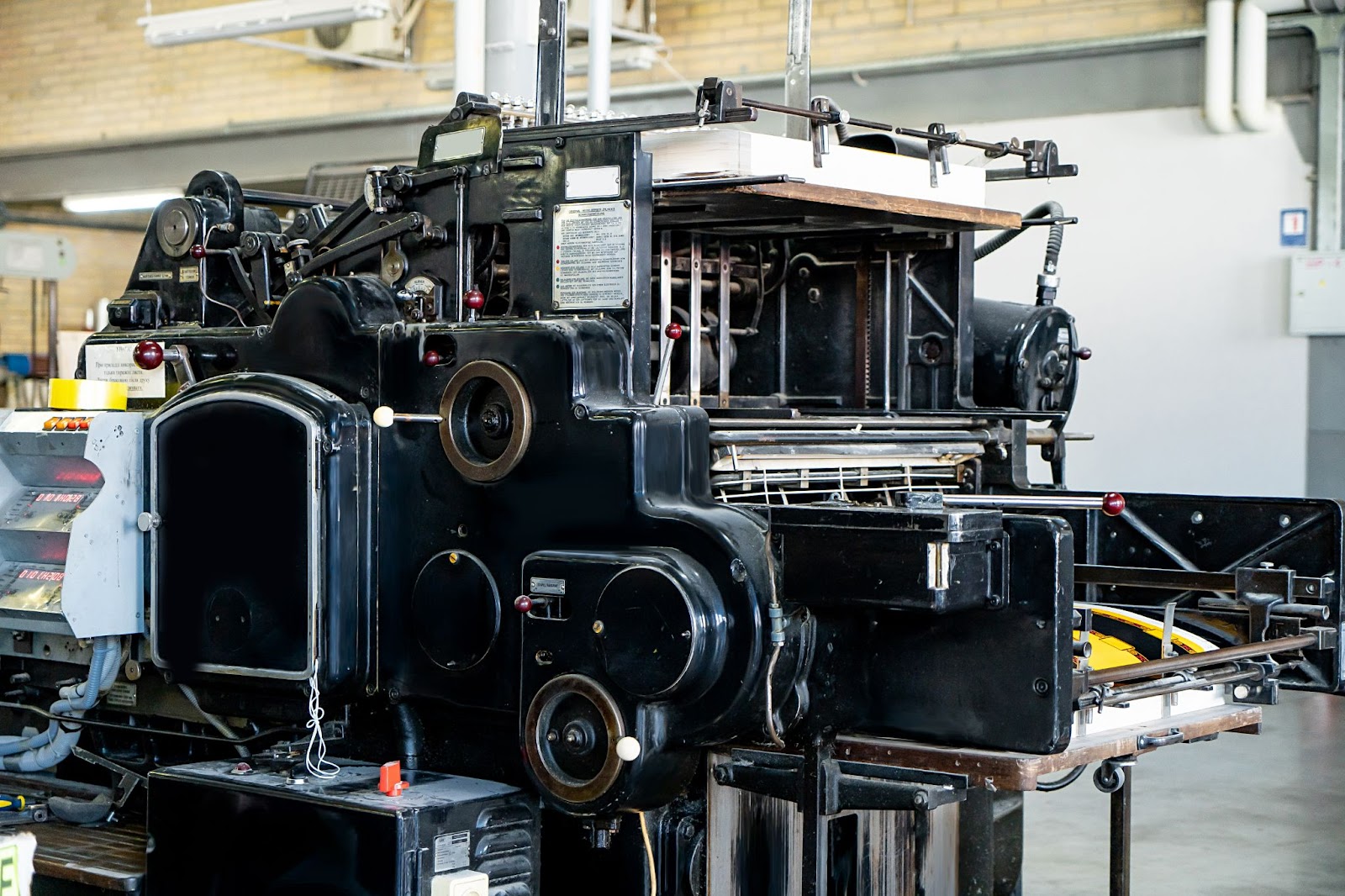
Much more, much faster, much further. Everything was changing and at speed. In only the last 200 years, we became the product of this ‘more, more, more’ narrative that was born with the Industrial Revolution. We’re driven by the need for everything to grow all the time. The result? Think of the typical modern-day ‘achiever’ — we’ll call him Homo economicus — addicted to work and very, very keen on making money. His hobby? Consuming.
On the plus side, economic growth led to unprecedented improvement in the conditions for human life on Earth. If you take any curve — life expectancy, child mortality, poverty rate, number of conflicts, number of diseases — all of them made strides. But then there’s the downside. Remember the picture of our little blue marble in the vastness of space? It illustrates how at only 12,742 kilometres in diameter, Earth’s got its limits.
If the Industrial Revolution was dramatic, since 1950 the Great Acceleration — a marked, continuous and roughly simultaneous surge across a large range of measures of human activity — has been changing everything again, but even faster. Productivity, energy consumption and population all exploded. The milestone of the first billion humans was achieved in 1805. In the 200-odd years since, we went from 1 billion to 8 billion (as at the end of 2022).
We’re addicted to energy consumption; without coal, oil, gas, nuclear, hydro, wind, solar, we don’t have machines working. We’re addicted to growth; without machines working, we don’t have the productivity that drives it. And without productivity and growth, the system that our economy is based on breaks down. So the question of course that everybody will ask is, ‘Is our current exponential growth sustainable?’ And the answer is if we have an unlimited growth system on a limited planet, somehow, someday this will not work any longer.
Two major issues are worth mentioning here as well. First is climate upheaval and second, biodiversity (or its eradication). You’ve heard of course of climate change; but linked with that we must also be aware of what’s happening to habitats the world over. They’re vanishing due to human development, or being threatened by damage to fundamental pillars of life, like vital sources of photosynthesis and the carbon sinks they create.
According to Marco Lambertini, the Director-General of WWF International in the conservation charity’s Living Planet Report 2022, “The planet is in the midst of a biodiversity and climate crisis… and we have a last chance to act… A nature-positive future needs transformative — game-changing — shifts in how we produce, how we consume, how we govern, and what we finance.”
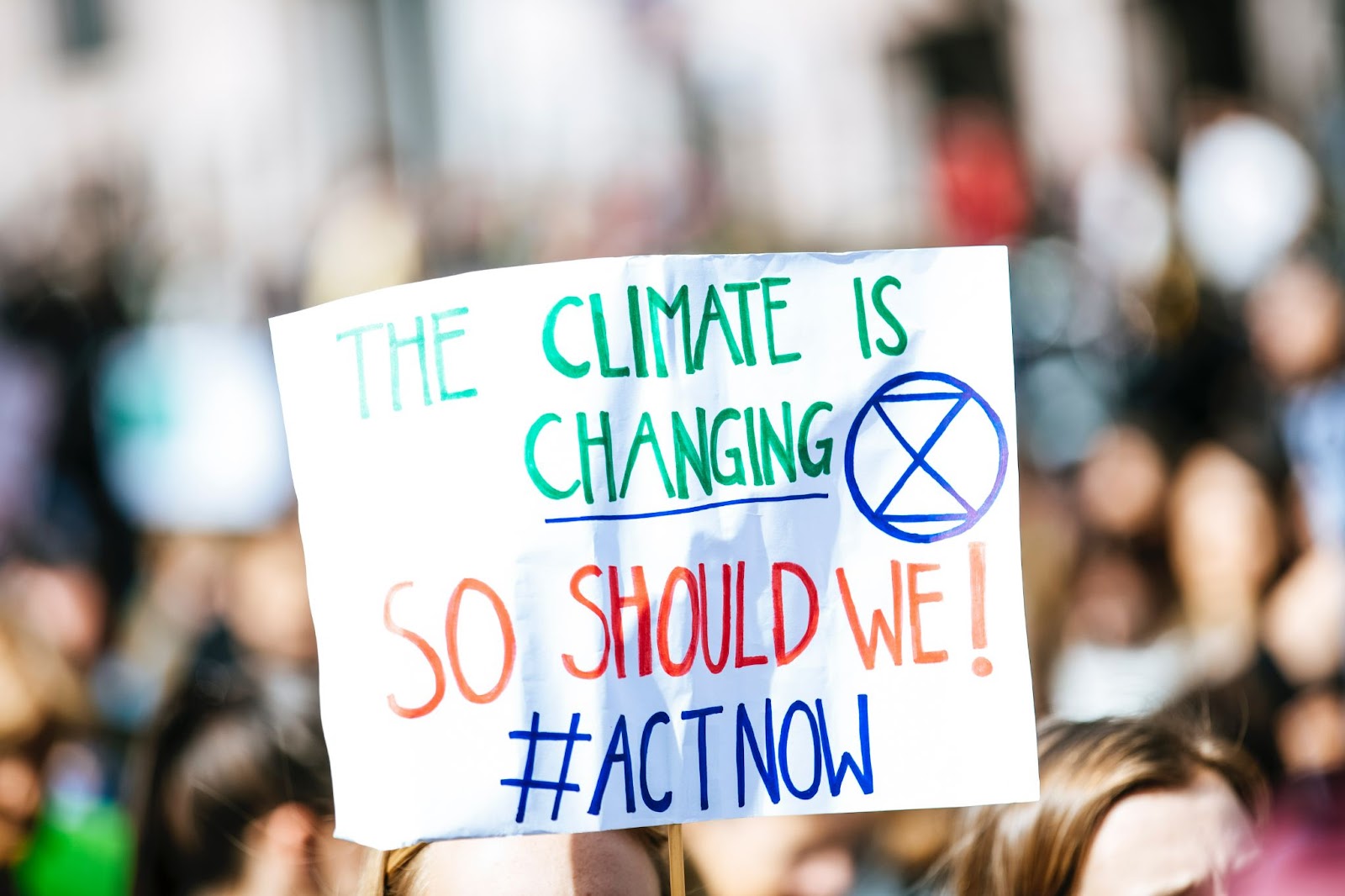
Looking into options; making the shift from growth to sufficiency
So for many reasons, we now realise Planet Earth is finite — and we can no longer sustain a system based on infinite growth. We need to find a new narrative, and work together on this new narrative so that we can live and thrive within the planet’s boundaries. Just accept that infinite growth is no longer an option. So what are our options?
Before we start, I want to be more precise on what is not an option: denial.
Another point I’d like to make is that when I talk to people about these issues, many (or even most) believe that technology is the solution. I would say it’s partly true; I’m totally convinced that technology is a very important element. And there are extremely interesting physical, chemical, technological, digital solutions that can help us create a new narrative.
But what I don’t agree with is people who say that technology is the only solution and we just have to wait patiently because someday soon, somebody will find a way to save us, wave a magic wand to make it all better. That’s what happens in movies, but it’s not reality. That could take decades, and I’m not sure we have decades.
Technology is part of the solution, but not the solution. And this brings a lot of debate about innovation. What is innovation? What is important? Where do we have to put our effort into technology to be most effective? We need to rethink innovation, to rethink technology as a tool to support the new narrative.
So if denial is out, and technology is only part of the plan, let’s move on to what we can do. One option is to change the focus from growth to what people call sufficiency. The idea is that we no longer want to grow, but what we want is to thrive. We are looking much more for prosperity than for growth. So prosperity means that some areas of the economy could experiment with de-growth.

This has happened already, with some older economies or technologies that just vanished. They experienced de-growth; in places like Europe, with the collapse of the textile industry or the shift from heavy industry. A big changeover took place in the 1960s and 70s. In France, in England, in Germany. And when certain sectors collapse, new ones can take their place. Climate and education technology, digital health equipment, and other emerging technologies are on the rise.
So what is the narrative of sufficiency? Consider the economy; GDP (gross domestic product), industry, agriculture, services, technology, all of this is a very big and very important part of our lives. But it isn’t the central or most important thing, it is just part of human diversity and human society.
Many things are extremely valuable that are not rooted in the economy, and that are not based on growth — solidarity, friendship, associations, cooperation, NGOs. And this human society and diversity are only a part of nature and the bigger tribe of living things. This is a totally new narrative compared with the one I talked about before, where for Homo economicus the economy is the most important thing in life, period.
So we change this perspective, especially the relationship between humans and nature. Rethink what we’re doing, being led by sustainability science and what we know about the workings of some societies, Indigenous societies, traditional people who are more connected to the natural world they live in. I think we can find a lot of good and valuable information to help us reset our relationship with nature.
This is the narrative of sufficiency. Now that we understand the concept, how do we make a transition towards sufficiency? By talking about this, we are on the transition trip.

Taking the transition trip; what it means for adventure travellers
The first thing needed to keep us moving towards a new narrative of sufficiency is education and engagement. It’s easy to find content on this transition, it’s plentiful online and in libraries and not difficult to obtain. You can educate yourself and be in a position to form your own opinions. Building a new narrative is very, very exciting and this can inspire engagement. This is important; while some people may not agree with everything an activist figure like Greta Thunberg does, I think that everybody would agree that she can symbolise effective engagement.
So my advice, my suggestion is to engage locally in your community, in your village, in your soccer team, in your association, in your church, in your family, in assembly. I mean anywhere you want, anywhere you like. Create engagement around creating a new narrative, changing some values, changing the way we see the world, changing the human-to-nature relationship — engagement is key.
The second thing would be what I call personal contribution. This includes considering mobility, especially how you’re using your private car. Then there’s food, especially eating meat. Next is housing, particularly heating and cooling your home. Taking France as an example, these three factors make up almost 50% of household carbon emissions.
So you can rethink the way you use your car by carpooling, using public transport, or swapping it with a bike whenever possible. And as eating meat is a major factor in your carbon footprint, changing your eating habits will make a difference too. I’m not saying that you must be vegetarian because that is your decision to make; but out of all the meals you eat each week, just changing the menu for a few will have a positive impact.
Improving the way you cool and heat your house, renovating it to make it more energy efficient, and rethinking the way you consume energy all make a big contribution. Though it may be difficult to achieve the optimum household carbon footprint, wherever you stand today, you can make gains. There are many free carbon footprint calculators available online, covering every country. Take a look at your own situation and see what you can do.
The third thing driving this transition towards sufficiency is what I call a transition narrative. So what is a transition narrative, especially for adventure travel? Simply, it’s the idea of ‘less, but better’. Yes, we can experiment with de-growth in tourism for the better because we have to reconsider the impact of mass travel. Walking in lovely Venice, we see the huge carbon bombs of cruise ships arriving and know that this is not a practice we can sustain if we want to change the narrative of tourism. It’s bad not only from the carbon perspective but also from the travel experience point of view, not to mention the local community’s point of view.

Another example is the Mona Lisa. The dream is to see this beautiful painting in the Louvre in Paris, to stand and gaze quietly at its beauty. But it’s been called the worst traveller experience in the world because the reality is queuing for hours to eventually be crowded in front of the rather small artwork, trying to see over a sea of people talking loudly to their companions and snapping away to post on social media. This is not an experience to remember and would probably be much more enjoyable as a virtual reality visit made from your sofa at home.
This has to change. And now, we move on specifically to you — the adventure traveller reading my words. They sell you the challenge of Everest, and some legitimate mountaineers are the right people to take that on, but it shouldn’t be promoted as a tourist activity for nearly everyone. In reality, the adventure world, and the world at large, was shocked by the widely circulated picture of a traffic jam on Hillary Step as climbers made the push towards the Everest summit en masse during a break in the weather.
This is not exactly what we are imagining when we’re talking about adventure travel. And this is not what we want. So a transition narrative for tourism begins with it being decarbonised, and this is very difficult for tourism — because of course travel is about mobility, and that’s where the carbon footprint begins. It means travelling less and travelling by choosing methods with low-impact carbon. Longer trips and fewer short getaways.
Then there’s local tourism. I really like the idea of rediscovering the beauties of what you have around you. Like 5, 10, 50 kilometres from home. You probably have some nearby marvels that you never appreciate, and instead, take a plane and go to the other end of the world because you believe that there is a more valuable experience to be had there. And of course, there are some great experiences at the other end of the world, but through the idea of global tourism, we seem to have lost the concept of the wonders close to home. I think it’s time to reinvent the way we travel and reexamine the quality of the experience to be found in our backyards.
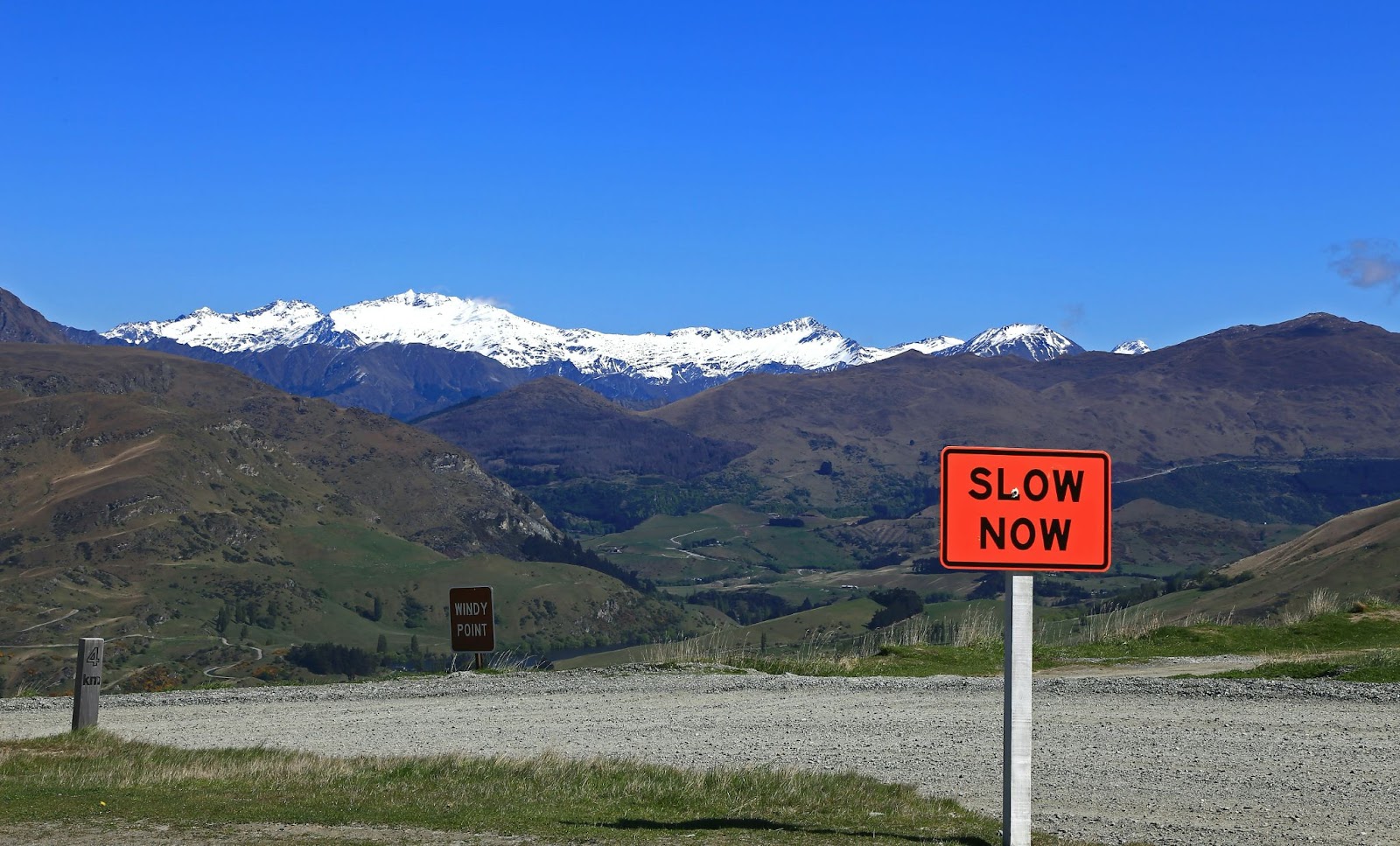
Finally, there’s what I call educational tourism. When you want to learn something, you go on a trip — you travel because you want to learn, to grow.
The best questions you can ask yourself as an adventure traveller when choosing a destination are, “What will I learn on this trip? Why am I going there?” And if you want to learn — because it takes time — you would probably choose to go on the longer trip. Or you can have plenty of local jaunts and not so many long-haul journeys; and when you do go further, plan a longer stay once you arrive.
So a transition narrative for tourism is decarbonised, local, and educational. And at the heart of these three dimensions you have sufficiency tourism. So for adventure travellers, we can also ask the question (which is a very good question to ask), “What do destinations need… maybe this is more important than what I need?”
If you travel being mindful of the potential benefits for destinations, you’ll make informed decisions for good reasons. So what do destinations need? Travellers who care, people who go there not only because it’s on their ‘wish list’ or one of the 100 Places You Have to Visit Before You Die. That thinking should be obsolete; tomorrow’s tourism is not about ticking the boxes of the places that everybody goes to, but rather deciding consciously to go where you want to go. And filtering your choices through the lens of the destination’s needs.
Who are the adventure travellers who care? Those who want to learn. That means to engage, that means to advocate, to stay longer, to contribute to the destination. And it could be a place where you would ultimately go many times. So the future of adventure travel is responsible, slower, more thoughtful; where you go again to a place, make friends, contribute, bring some of your knowledge, take away new ideas, and share cultures. When you bring all of this to a trip, you’ll find a place where you can make a difference.
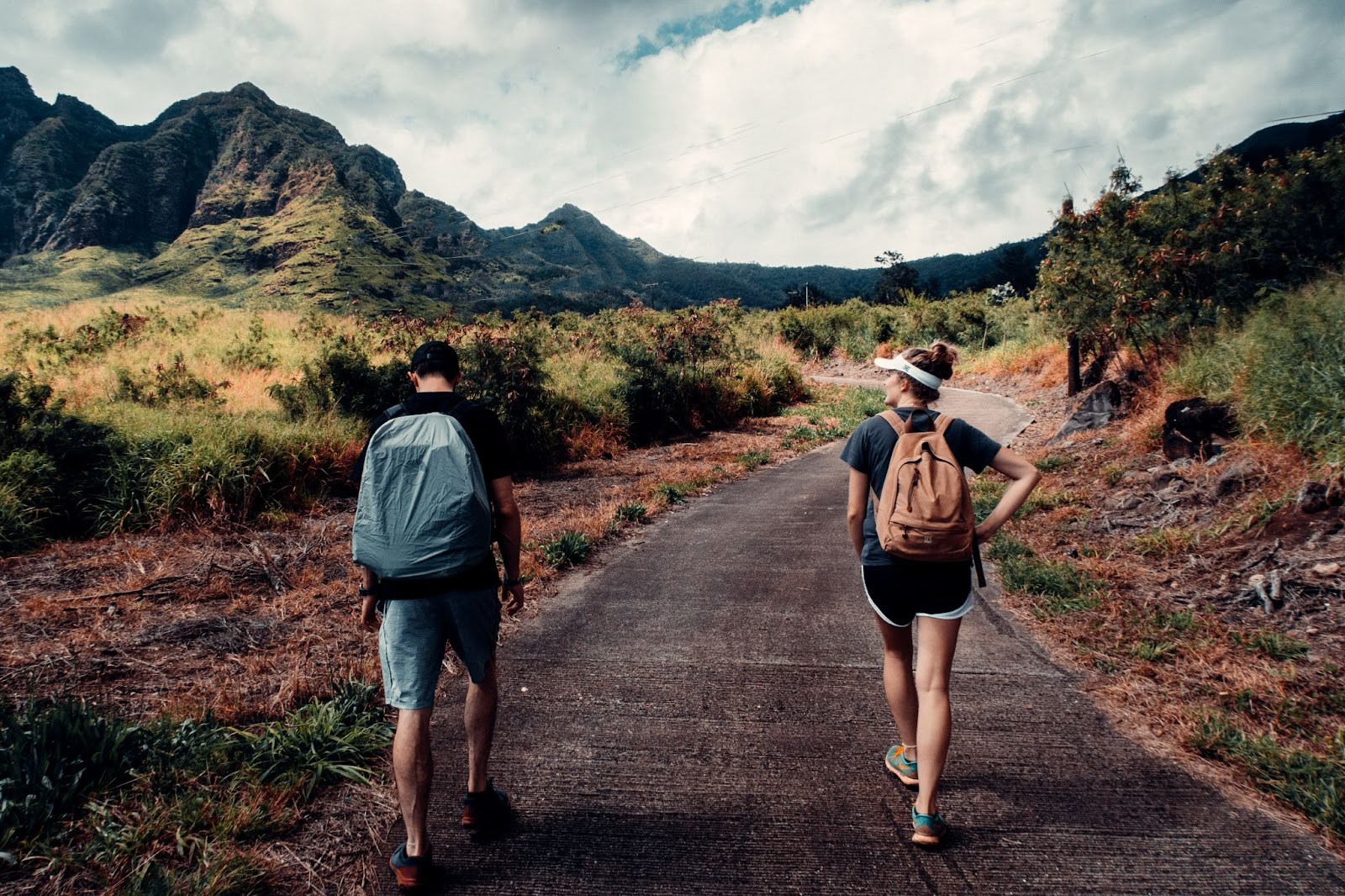
To put all of this together into only one paragraph, we want to move from growth to sufficiency, from growth to prosperity; and consider that it’s no longer important to grow, but it’s very important to thrive. And we know that travelling locally, low-carbon, long, slow and educationally are very good options for you to thrive when you do experience adventure travel.
So in conclusion, going back to the picture of the blue marble at the top of this article, I would say that we have to experiment with a shift in our thinking in three ways. First in lucidity, meaning we now understand what’s happening and we can no longer continue with infinite growth when we have finite resources. Second, in humility; accepting that as humans, we’re not the masters of Planet Earth. Lastly, in responsibility, especially for the people who travel most, who are likely to be economically better-off and living in the world’s wealthier countries.
These are the people who created the tourism industry as it is today and influenced the way it has grown for many years. And that has brought many, many important things to the world of travel. But it’s important now to have a change in responsibility and to be the authors and actors of a new narrative.
If we want a desirable future, it’s up to us to decide the one we want to have. I encourage you to find this new narrative, to contribute to it, and to travel in a transitional way — from growth to sufficiency, and with our impact on destinations in mind.
This is the condensed version of a TravelTalk in Depth workshop given by Jean-Claude for the Resonate Travel Community. Based on transcripts, it has been adapted into article form and edited for length and clarity by our editor Emily Cathcart.

